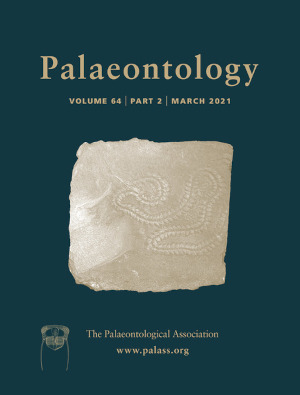Reg. Charity No. 1168330

Bite force is an ecologically important biomechanical performance measure that is informative in inferring the ecology of extinct taxa. However, biomechanical modelling to estimate bite force is associated with some level of uncertainty. Here, I assess the accuracy of bite force estimates in extinct taxa using a Bayesian phylogenetic prediction model. I first fitted a phylogenetic regression model on a training set comprising extant data. The model predicts bite force from body mass and skull width while accounting for differences owing to biting position. The posterior predictive model has a 93% prediction accuracy as evaluated using leave-one-out cross-validation. I then predicted bite force in 37 species of extinct mammals and archosaurs from the posterior distribution of predictive models, generating posterior predictive distributions of null expectations given body mass, skull width and phylogenetic position. Biomechanically estimated bite forces from the literature fall within the posterior predictive distributions for all except four species of extinct taxa and are thus as accurate as predicted from body size and skull width, given the variation inherent in extant taxa and the amount of time available for variance to accrue. Biomechanical modelling remains a valuable means to estimate bite force in extinct taxa and should be reliably informative of functional performances and serve to provide insights into past ecologies.
AcknowledgementsI would like to thank Chris Venditti for advice and guidance on phylogenetic comparative methods, Andrew Meade for support with software and high-performance cluster, and Tai Kubo for discussions. I thank Philip Cox and Eric Snively for reviewing and improving an earlier draft of this manuscript.